Siberian Huskies stop growing at around 12 months, but can continue to fill out until they are about 18 months old.
| Age When Growth Plates Close | 12 to 15 months |
| Full Adult Size Reached | 18 to 24 months |
| Weight – Males | 45 to 60 pounds (20 to 27 kilograms) |
| Weight – Females | 35 to 50 pounds (16 to 23 kilograms) |
| Height – Males | 21 to 23.5 inches (53 to 60 cm) at the withers |
| Height – Females | 20 to 22 inches (51 to 56 cm) at the withers |
| Physical Maturity | Typically reached by 18 to 24 months |
| Continued Development | Muscle and weight may continue to increase slightly until about two years old |
When do siberian huskies stop growing
Siberian Huskies go through distinct growth phases from birth to full maturity. During the earliest stage, from birth to around 4 months, they experience rapid development, gaining weight and height at an impressive pace.
This period is crucial for laying the foundation of their adult size and physical capabilities. From 4 to 8 months, their growth continues steadily, with noticeable changes in their body proportions and energy levels.
The period between 8 to 12 months marks a slowing down of their growth rate, as they approach their adult size. It’s important to understand these phases to provide appropriate care and nutrition during each stage, ensuring the husky’s healthy and balanced growth..
Understanding the growth phases of Siberian Huskies is crucial for any prospective owner looking to provide the best care for these energetic dogs. To explore further and discover the costs associated with bringing a Siberian Husky puppy into your home, delve into our detailed article "Uncover the price of a Husky puppy."
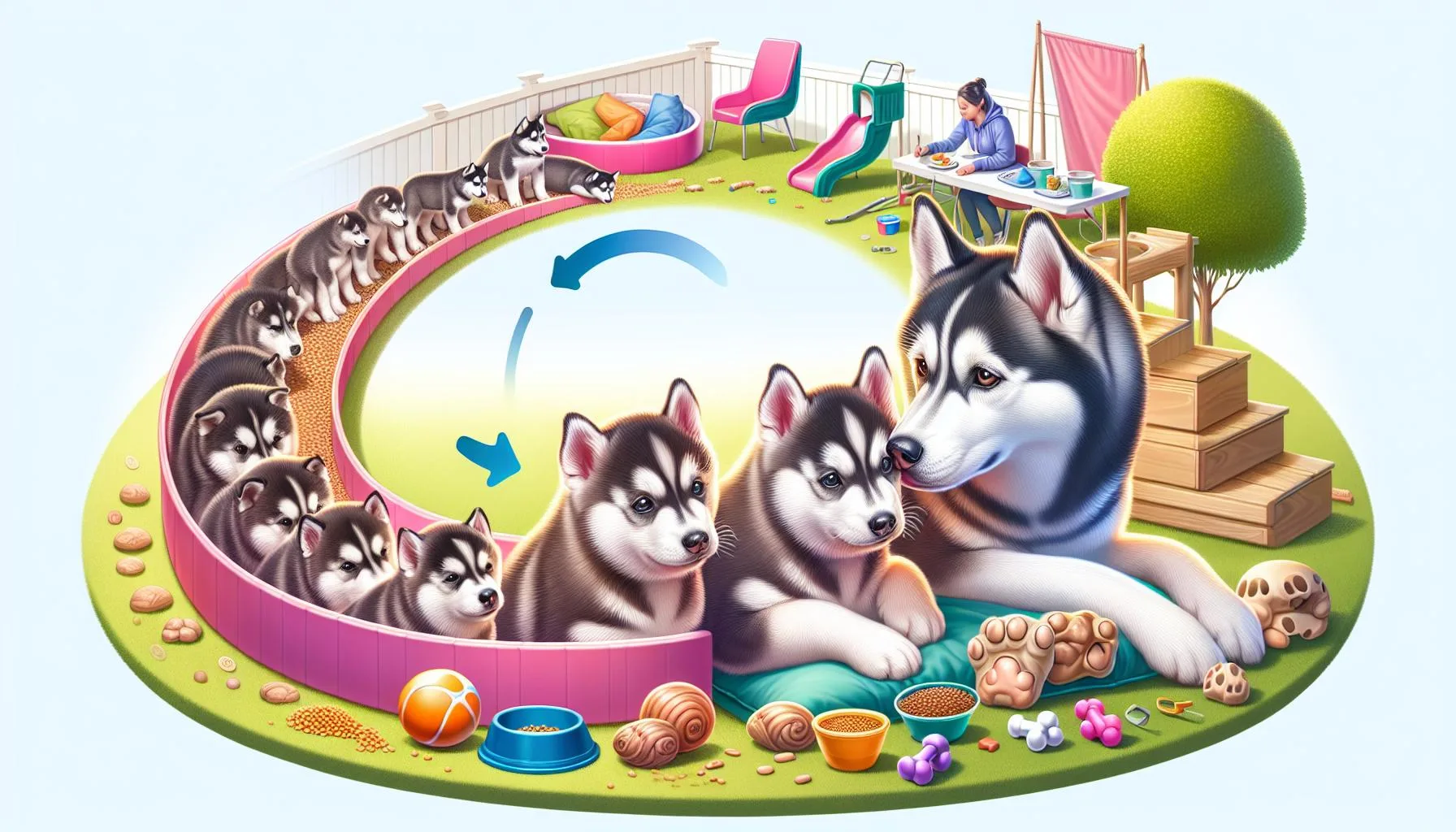
When Do Siberian Huskies Reach Their Full Size?
Siberian Huskies usually reach their full height by 12 months, but their development in musculature and width continues until around 18 months of age. This means that even though their height may stabilize relatively early, their overall physique is still progressing.
It’s important to consider this extended growth period when providing care and nutrition for your husky during this time. Understanding that their physical maturation process extends beyond their height can help ensure that they receive proper support for overall healthy development.
When do siberian huskies stop growing
It’s essential to consider the full growth timeline of Siberian Huskies to provide them with adequate care and support.
Their continuing musculature and width development after reaching their adult height at 12 months should be taken into account when managing their nutrition and exercise routine.
To delve deeper into the world of these captivating canines and explore the variety they offer, learn about the diverse types of husky mix breeds. Uncover how these unique combinations can influence size, features, and personality in unexpected ways.

Physical Changes After the Growth Period
Siberian Huskies undergo significant physical changes even after reaching their full height. After the growth period, they continue to develop in musculature and width until about 18 months of age, gaining a more robust and well-proportioned physique.
Their chest broadens, and they attain a more solid, athletic build, indicating the transition from a gangly adolescent to a fully mature adult. Additionally, their coat may undergo changes, becoming denser and more lustrous as they reach adulthood.
The once puppy-like features transform into a more distinguished appearance, reflecting the graceful elegance and strength characteristic of the Siberian Husky breed. It’s essential for owners to be mindful of these ongoing physical developments and adjust their care and exercise routines accordingly to support their Husky’s continued growth and overall well-being.
When do siberian huskies stop growing
These changes include:
- Development in musculature and width until about 18 months of age
- Broadening of the chest and a more solid, athletic build
- Coat becoming denser and more lustrous
- Transformation of puppy-like features into a more distinguished appearance
.
While understanding the changes in your Husky's body is essential, maintaining their iconic coat is equally important for their overall well-being. To explore effective grooming practices and ensure a lustrous coat for your furry friend, dive into our comprehensive guide on the ideal brushing frequency for Huskies.
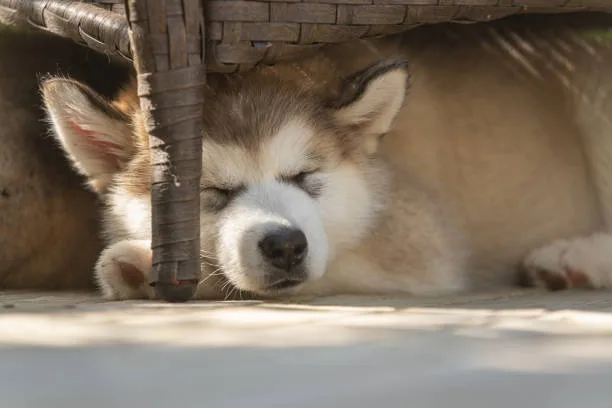
Genetic Factors Influencing Husky Growth
Genetic factors have a significant impact on the growth rate and final size of Siberian Huskies. The genetic makeup of a husky plays a vital role in determining how quickly they mature and reach their full size.
Different huskies may exhibit variations in growth patterns due to their individual genetic compositions. This diversity means that some huskies may reach their full size earlier than others, while some may continue growing for a longer period.
Genetic factors also influence other physical attributes such as coat color, eye color, and overall body structure. Understanding the genetic predispositions of a husky can provide valuable insights into their growth and development, allowing owners to tailor care and nutrition to support their specific genetic needs.
Genetic factors have a significant impact on the growth rate and final size of Siberian Huskies.
The genetic makeup of a husky plays a vital role in determining how quickly they mature and reach their full size. Different huskies may exhibit variations in growth patterns due to their individual genetic compositions.
This diversity means that some huskies may reach their full size earlier than others, while some may continue growing for a longer period.
Genetic factors also influence other physical attributes such as coat color, eye color, and overall body structure.
Understanding the genetic predispositions of a husky can provide valuable insights into their growth and development, allowing owners to tailor care and nutrition to support their specific genetic needs.
To delve deeper into understanding the unique traits of your furry companion, explore our comprehensive guide that highlights the distinctive characteristics defining the various types of these magnificent canines. Unlock the secrets to your Husky's heritage and learn the nuances of tailored care to ensure a happy and healthy life for your pet.
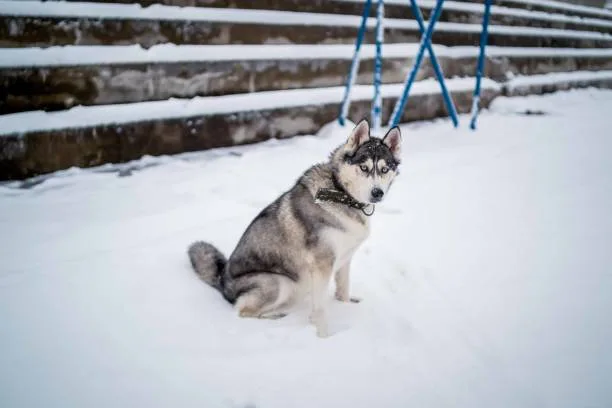
Nutrition and Its Impact on Husky Growth
Siberian Huskies have specific dietary needs to support their growth and development. Providing balanced nutrition during their growth period is essential for ensuring they reach their full potential in terms of size, muscle development, and overall health.
A diet rich in high-quality protein, essential fats, vitamins, and minerals is crucial for supporting Husky growth. Additionally, it’s important to feed them appropriate portions according to their age and weight to prevent overfeeding, which can lead to obesity and related health issues.
Ensuring that Siberian Huskies receive the right balance of nutrients throughout their growth stages is vital.
This includes providing them with a diet that supports bone and muscle development while also considering their energy needs. A well-rounded diet can help prevent growth abnormalities and deficiencies, promoting steady and healthy growth.
Therefore, owners should carefully select food that meets the specific nutritional requirements of Huskies at different stages of their growth.
- High-quality protein sources should be a staple in a Husky’s diet to support their muscle growth.
- Essential fatty acids, such as omega-3 and omega-6, are important for promoting healthy skin and a lustrous coat.
- Vitamins and minerals play a crucial role in overall growth and development, including bone formation and immune system function.
By paying close attention to the nutritional needs of Siberian Huskies during their growth period, owners can ensure that their beloved pets develop into healthy, well-proportioned adults, ready to take on the world with energy and vitality.
To ensure your Siberian Husky reaches its full potential, a tailored and nutritious diet is fundamental during their critical growth phases. Discover the milestones of a Husky's development journey and delve into the specifics of their growth timeline by exploring our detailed guide, "The Siberian Husky Growth Chart: Understanding Your Dog's Development."
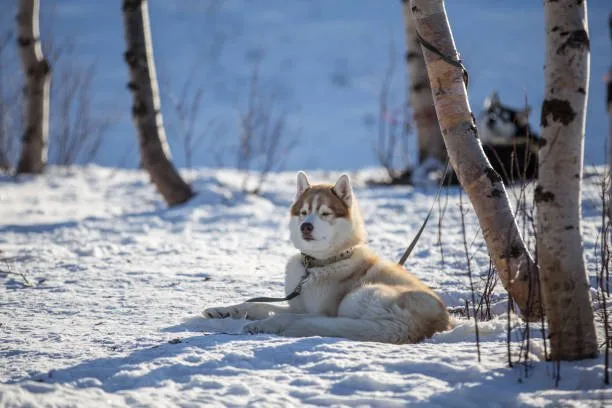
Exercise Requirements for Growing Huskies
American Kennel Club: When do siberian huskies stop growing
Siberian Huskies have high energy levels and require regular exercise to maintain their physical and mental well-being. As they grow, it’s essential to tailor their exercise routines to their age and developmental stage.
Young husky puppies have developing bones and muscles, so it’s crucial not to over-exercise them. Short, low-impact activities such as playtime and short walks are suitable for young husky puppies to help them develop strength and coordination without putting too much strain on their growing bodies.
As they mature, gradual increases in the intensity and duration of exercise can be introduced to accommodate their growing energy and stamina. It’s important to provide a balance of physical exercise and mental stimulation to keep them engaged and prevent boredom, which can lead to destructive behavior.
In essence, understanding the exercise needs of growing Siberian Huskies and adjusting their routines accordingly is vital for their overall well-being and development..
Transitioning from exercise guidance to vocal training, managing your Husky’s howling behavior becomes equally important as they mature. For proven techniques on encouraging quietude through positive reinforcement, explore our detailed guide on training your Husky to communicate calmly.
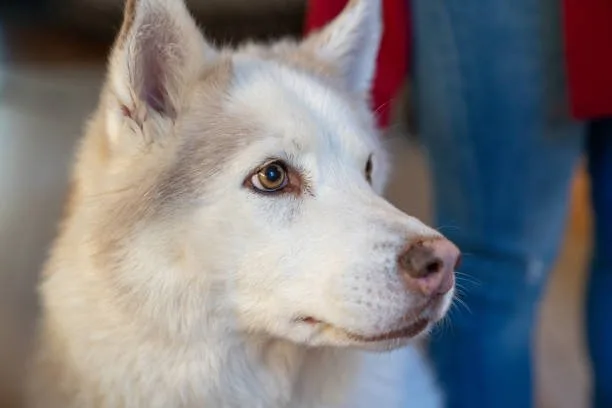
Health Considerations During the Growth Stage
During the growth stage, it’s essential to be mindful of the potential health issues that might impact Siberian Huskies. Regular veterinary check-ups play a crucial role in monitoring their development and addressing any health concerns that may arise.
Common health issues that could affect Husky growth include musculoskeletal issues such as hip dysplasia and joint problems. Additionally, keeping an eye on their weight and ensuring they maintain a healthy diet is vital for their overall well-being.
Regular check-ups can also help in identifying any genetic predispositions to health conditions and allow for proactive measures to be taken. It’s important to schedule routine examinations with a trusted veterinarian to ensure the long-term health and well-being of your Husky as they grow.
Regular vet check-ups are crucial for monitoring a Husky’s development
Common health issues such as hip dysplasia and joint problems can impact Husky growth
Maintaining a healthy diet and weight is essential for their overall well-being
On Quora about: When do siberian huskies stop growing
Routine examinations can help identify genetic predispositions to certain health conditions
Maintaining the health of your Siberian Husky is paramount, and this includes managing their comfort during hot weather. To discover how to provide a cool and relaxing environment for your husky, learn about the top cooling pads recommended by experts at "Top Cooling Pads for Huskies: Ensure Your Dog's Comfort."
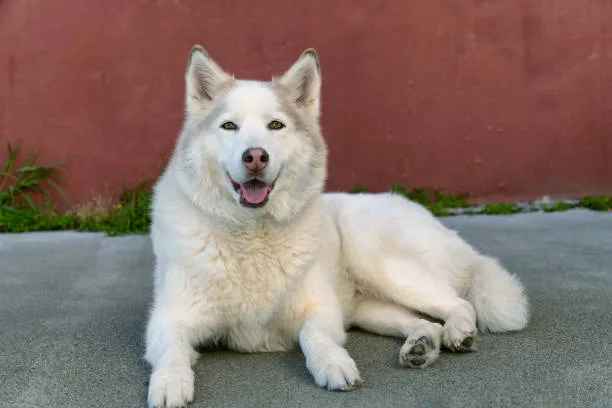
Monitoring Your Husky's Growth
Reddit When do siberian huskies stop growing
:
- Weigh your Husky regularly using a digital scale.
- Measure their height to track their physical development.
- Assess their body composition for healthy muscle tone and body fat levels.
- Be vigilant for any signs of stunted growth or excessive weight gain.
- Refer to standard Husky growth charts for comparison and seek veterinary advice if needed.
.
To ensure your Husky thrives, monitoring its growth is crucial. In seeking additional knowledge on pet care, consider exploring an article about nurturing a unique cat breed resembling a Husky dog. Discover care tips for your Husky-like cat and ensure all your furry friends stay healthy and happy.
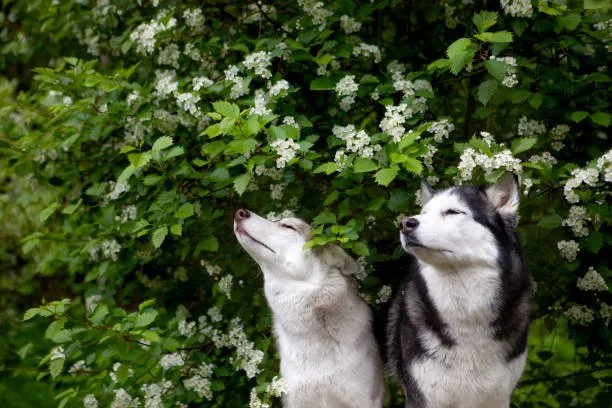
Husky Puppy to Adult Transition
Siberian Husky puppies undergo a remarkable transition as they mature into adults, progressing through distinct growth stages and achieving key developmental milestones. As these puppies grow, their weight gain trajectory is essential to monitor, and standard growth charts become invaluable tools for owners to track their husky’s development.
Additionally, the adolescence phase is pivotal, encompassing substantial physical and behavioral changes as the huskies edge closer to their age of maturity. This critical period demands heightened attention as the huskies undergo significant transformations, shaping their future adult size and behavior.
Proper care and understanding during this transition are vital for ensuring the husky’s well-being and successful development into a healthy adult.
By tracking the average husky weight gain trajectory, owners can monitor their husky’s development and detect any irregularities.
- During adolescence, significant physical and behavioral changes occur, laying the foundation for the husky’s adult size and behavior.
- Standard growth charts serve as valuable tools for owners, offering insights into the husky’s growth patterns and milestones.
.
Understanding your husky's journey from a playful pup to a mature adult is key to their well-being and your peace of mind. To explore the harmonious relationships these majestic dogs can have with other pets, discover effective tips for fostering a bond between your husky and feline companions on our dedicated guide, "Mastering the Art of Multispecies Households."
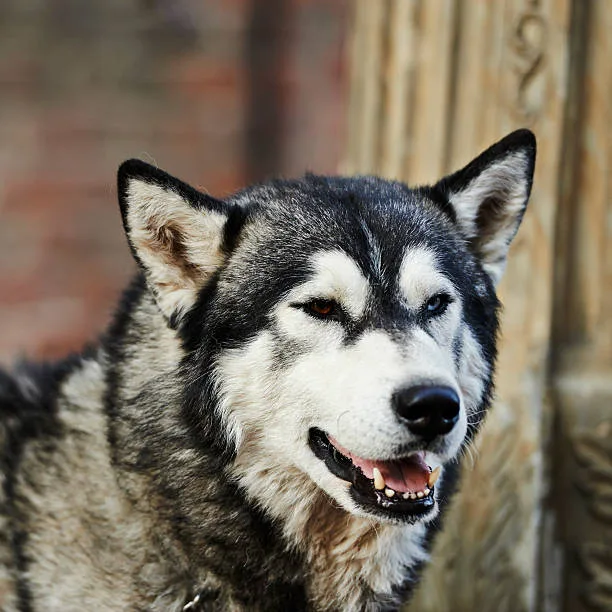
Optimizing Husky Health and Physique
Siberian Huskies require specialized care to ensure their health and physique are optimized throughout their growth stages. To maintain a healthy weight and facilitate muscle development, it is crucial to establish proper feeding guidelines tailored to the various growth phases.
High-quality nutrition plays a pivotal role in promoting bone health, while balanced diets are essential in preventing obesity. Growth spurts and muscle development are significant factors in the growth of large breed dogs, and special considerations must be made for joint care to support their overall well-being.
Additionally, the timing for spaying and neutering is crucial, as it can impact the Husky’s development and long-term health. By paying attention to these factors, owners can help ensure that their Siberian Huskies reach their full potential in terms of health and physique.
Ultimately, owners play a critical role in monitoring and providing appropriate care for their Husky’s growth. By understanding the impact of nutrition, growth spurts, and developmental milestones, they can optimize their Husky’s health and physique, setting the foundation for a robust and thriving companion.
To ensure your Husky thrives, it's critical to equip yourself with knowledge on their unique nutritional needs. Explore further insights and dive into the comforting habits of Huskies by reading our dedicated feature, "Unveiling the Mystery: The Sleeping Habits of Huskies."
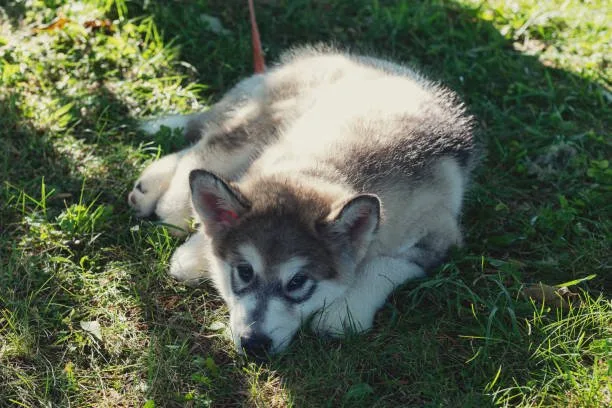
Husky Exercise, Socialization, and Mental Well-being
Siberian Huskies have distinct exercise needs that evolve as they grow from puppies to adults. Initially, focus on providing moderate exercise for husky puppies, such as short walks and gentle play sessions, to prevent strain on their developing joints and muscles.
As the husky matures, gradually increase the duration and intensity of physical activities to meet their energy levels. This may include longer walks, hiking, or engaging in dog sports like agility or mushing to fulfill their inherent desire for strenuous physical challenges.
Mental stimulation is equally crucial, and incorporating activities like puzzle toys, obedience training, and interactive games helps in keeping their agile minds occupied. Furthermore, consistent and positive training methods should be employed to reinforce good behavior and enhance the husky’s adaptability.
Socialization plays a pivotal role in shaping the husky’s temperament, so frequent exposure to various environments, people, and other animals from an early age is integral in fostering a well-adjusted and sociable adult husky. Overall, a balanced approach to exercise, mental enrichment, and social exposure is instrumental in nurturing a healthy and well-rounded Siberian Husky..
To further understand the profound impact of nurturing your husky's emotional intelligence, explore the advantages of emotional support roles for this breed. Delve into our comprehensive guide, "Empower Your Husky: Emotional Support Dog Benefits," for insights on how to enhance your dog's well-being and your own.
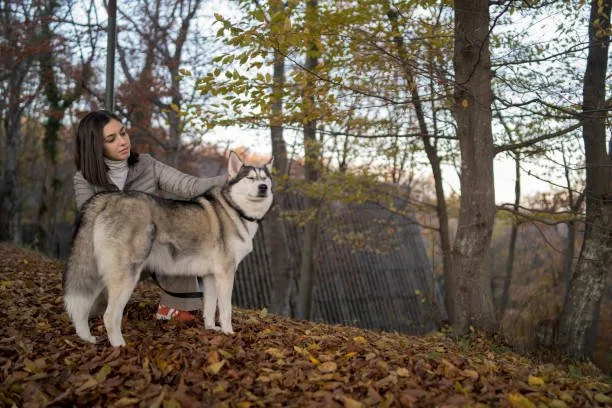
Preventive Health Care Strategies for Huskies
Siberian Huskies require diligent preventive health care to ensure their well-being throughout their life stages. Regular veterinary check-ups are crucial in monitoring their overall health, identifying any potential issues early on, and seeking appropriate interventions.
It is important for husky owners to adhere to vaccination schedules to provide essential protection against various diseases and maintain their husky’s optimal health. Additionally, parasite control, including preventive measures against fleas, ticks, and heartworms, is essential for the husky’s comfort and well-being.
Genetic factors significantly influence the predisposition to certain health issues in Huskies, and owners should be aware of these factors to take proactive steps in mitigating potential risks. Grooming plays a vital role in maintaining husky breed characteristics, and it also serves as an opportunity for owners to inspect their husky’s skin and coat, enabling the early detection of any abnormalities.
Furthermore, implementing strategies to prevent common ailments, such as keeping their ears clean and dry to prevent infections, is essential for ensuring the husky’s overall well-being from their growth phase into their mature years..
To further explore the interplay between animal care and the challenges facing different species, we invite you to delve into the urgent plight of the polar bear. Discover the steps being taken to save these majestic creatures from extinction and learn how you can participate in their conservation by reading Polar Bears in Danger of Extinction: Take Action Now!.
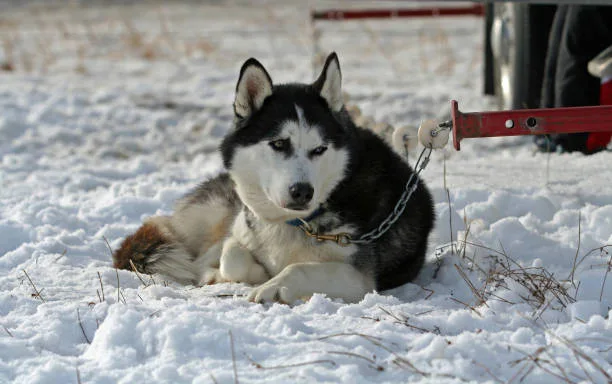
Conclusion: Supporting Your Husky's Development
As responsible owners, it’s crucial to understand the various growth phases of Siberian Huskies, from their rapid growth in the initial months to reaching full maturity at around 18 months. Monitoring your husky’s growth, providing balanced nutrition, and ensuring appropriate exercise are essential for their development.
Additionally, regular veterinary check-ups and preventive healthcare strategies play a vital role in maintaining your husky’s overall well-being. By being attentive to their growth, health, and needs, you can significantly impact your Siberian Husky’s life, contributing to a healthy and happy adulthood..
In conclusion, a Siberian Husky's well-being hinges on the dedication and knowledge of its owner, who plays a crucial role in nurturing its physical and emotional health. For more insights into the care of fascinating animals, explore National Geographic's detailed exploration of Bearded Dragons and discover another species' unique requirements for a thriving life.

Leave a Reply